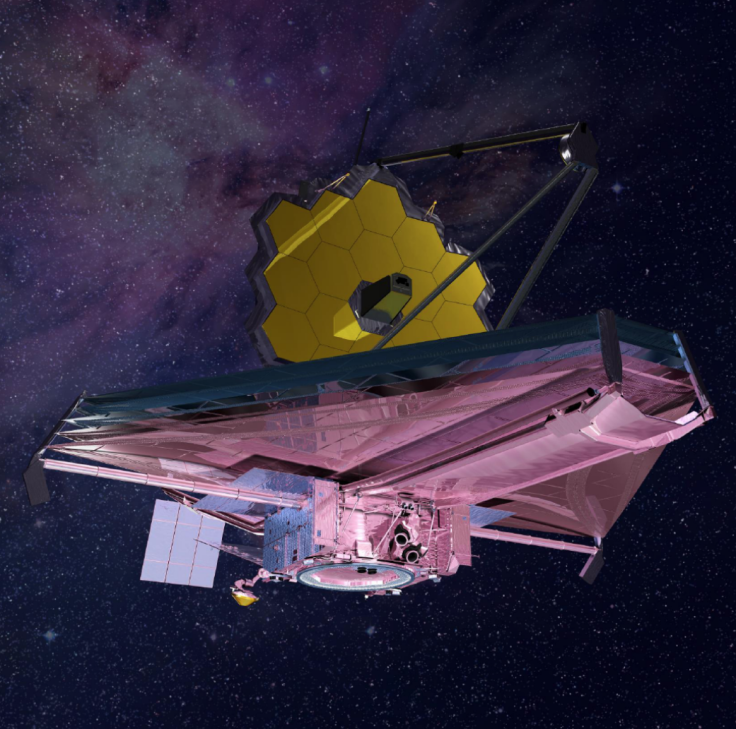James Webb Space Telescope Delayed Again Due To Technical Issues, Human Error

NASA’s highly-anticipated next-gen observatory, the James Webb Space Telescope or JWST, has been plagued by another phase of delay and will now launch on March 31, 2021 — nearly a year later than previously predicted.
The agency originally hoped to get the telescope off the ground in 2007, but as the development progressed and the date neared, the international project witnessed a series of delays owing to a number of technical setbacks.
Until September 2017, the launch target was October 2018, but over last nine months, as many as three delays have been announced, pushing the date to 2021. The latest shift was announced after the NASA-established Independent Review Board (IRB) assessed the progress of the telescope and made more than 30 recommendations to ensure its success.
“Webb should continue based on its extraordinary scientific potential and critical role in maintaining U.S. leadership in astronomy and astrophysics,” Tom Young, the chair of the review board, said in a statement. “Ensuring every element of Webb functions properly before it gets to space is critical to its success.”
JWST, the successor of Hubble, will be the primary space observatory for scientists and astronomers across the globe. NASA hopes that the telescope, when it gets into the orbit, will make unprecedented observations, providing critical insight into stars from the dawn of time and the possibility of life on distant exoplanets. Its primary mirror is nearly three times as wide as that of Hubble.
However, all these capabilities have also made the project a complex mission to accomplish, especially the development and testing part. According to IRB’s report, the 29-month long delay from October 2018 to March 2021, occurred due to problems like tears in the sunshield and screws and washers coming loose during crucial environmental testing.
These issues, as the report described, occurred due to a mix of factors like human error, excessive optimism, embedded hardware problems, lack of sufficient experience, and the complexity of the system in question. According to Young, human error led to problems like the application of the wrong solvent in the propulsion valve, improper installation of fasteners, and incorrect wiring that applied too much charge onto the transducers.
The chairman noted that all these problems could have avoided with simple steps, but is now costing $600 million and a two-year-long delay. Due to these glitches itself, the total cost of the telescope’s development has risen to a whopping $8.8 billion.
That said, the agency will follow the board recommendations and tackle the flagged challenges to make sure the telescope doesn’t run into similar issues.
“The more we learn more about our universe, the more we realize that Webb is critical to answering questions we didn’t even know how to ask when the spacecraft was first designed,” Thomas Zurbuchen, associate administrator for NASA’s Science Mission Directorate, said in the statement. “Webb is poised to answer those questions and is worth the wait. The valuable recommendations of the IRB support our efforts towards mission success; we expect spectacular scientific advances from NASA’s highest science priority.”
© Copyright IBTimes 2025. All rights reserved.





















